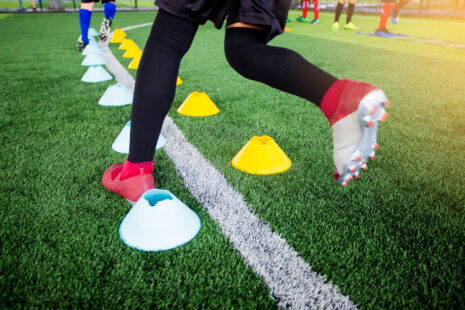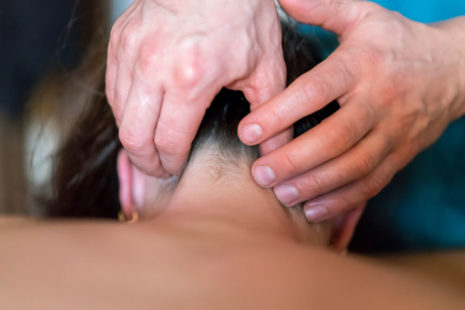Walking backwards, also known as retro walking or backward walking, can be a beneficial component of knee rehabilitation under certain circumstances. However, it’s important to approach this exercise with caution and consult with a healthcare professional or physical therapist before incorporating it into your rehab program, especially if you’re recovering from a knee injury or surgery.
Here are some potential benefits and considerations of walking backwards for knee rehab…
- Improved Quadriceps Strength – Walking backwards can engage the quadriceps muscles (front thigh muscles) in a different way compared to forward walking. The eccentric contraction of the quadriceps during retro walking can help strengthen these muscles, which are important for knee stability and function.
- Balance and Proprioception – Walking backwards challenges balance, coordination, and proprioception (awareness of body position and movement in space). By practicing retro walking, you can enhance proprioceptive feedback and improve balance control, which is essential for preventing falls and improving overall joint stability.
- Reduced Joint Impact – Walking backwards may reduce the impact on the knees and lower extremities compared to forward walking or running. This can be beneficial for individuals with knee pain or joint inflammation, as it provides a lower-impact alternative for cardiovascular exercise and lower body conditioning.
- Variety and Cross-Training – Incorporating retro walking into your rehab routine adds variety and cross-training benefits, which can help prevent overuse injuries and stimulate different muscle groups. Mixing up your exercise routine with retro walking can keep your workouts interesting and engaging while promoting overall fitness and mobility.
- Caution and Considerations – While walking backwards can offer benefits for knee rehab, it’s essential to proceed with caution and prioritize safety. Start slowly and gradually increase the intensity and duration of retro walking sessions to avoid overloading the knees or exacerbating existing knee issues. Use a flat, even surface free of obstacles to minimize the risk of tripping or falling. If you experience pain, discomfort, or instability during retro walking, stop the activity and consult with a healthcare professional.
- Supplemental Exercise – Retro walking should be considered as part of a comprehensive knee rehabilitation program that includes a variety of exercises and modalities to address strength, flexibility, mobility, and functional movement patterns. It should not be the sole focus of knee rehab but rather a supplemental activity to complement other rehab exercises and interventions.
Walking backwards can be a beneficial component of knee rehabilitation, offering advantages such as improved quadriceps strength, balance, and reduced joint impact. However, it’s essential to approach retro walking with caution, gradually increase intensity, and prioritize safety to minimize the risk of injury and optimize the benefits for knee rehab. Consulting with a healthcare professional or physical therapist can help determine if retro walking is appropriate for your individual condition and rehabilitation goals.




